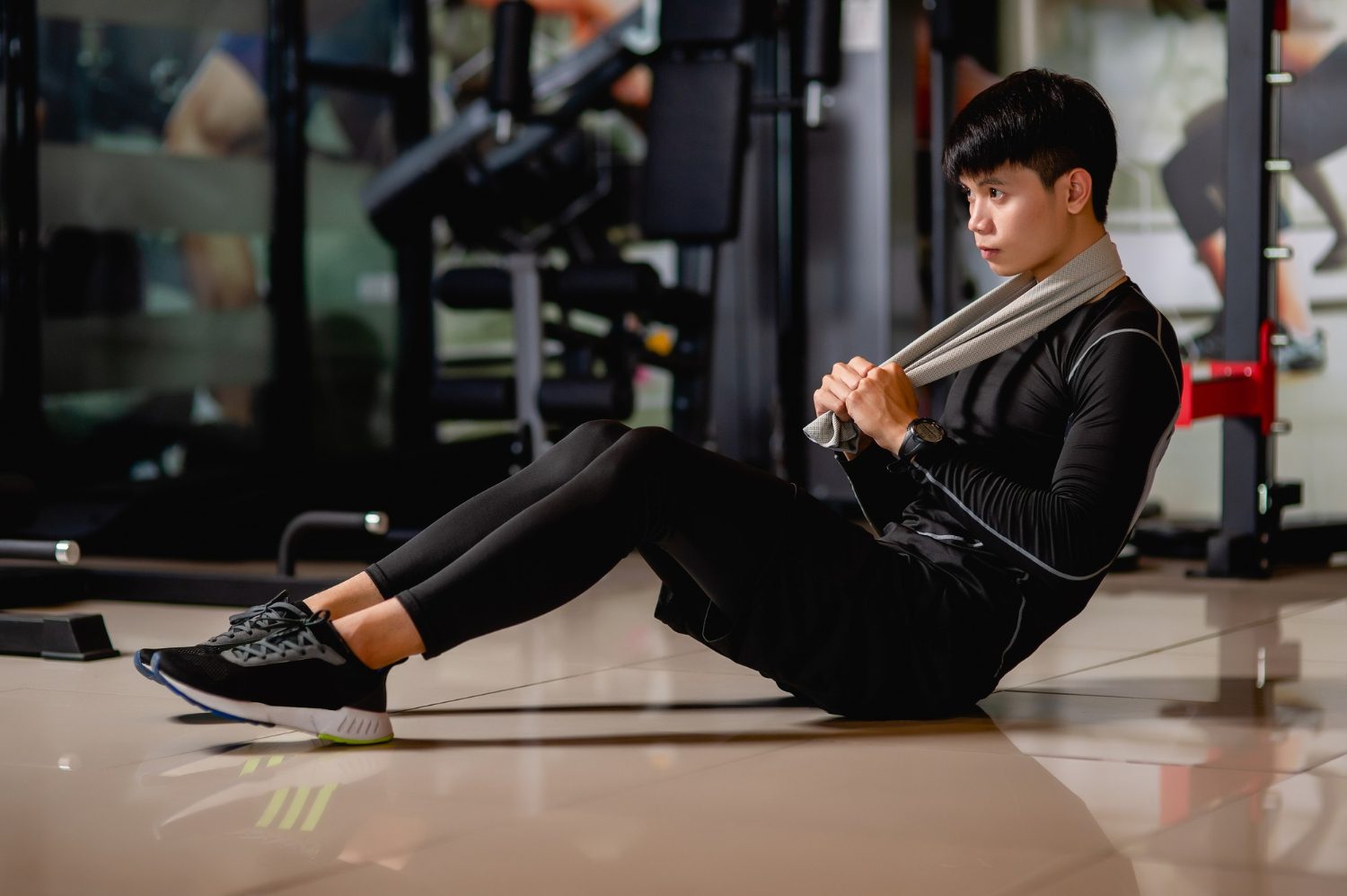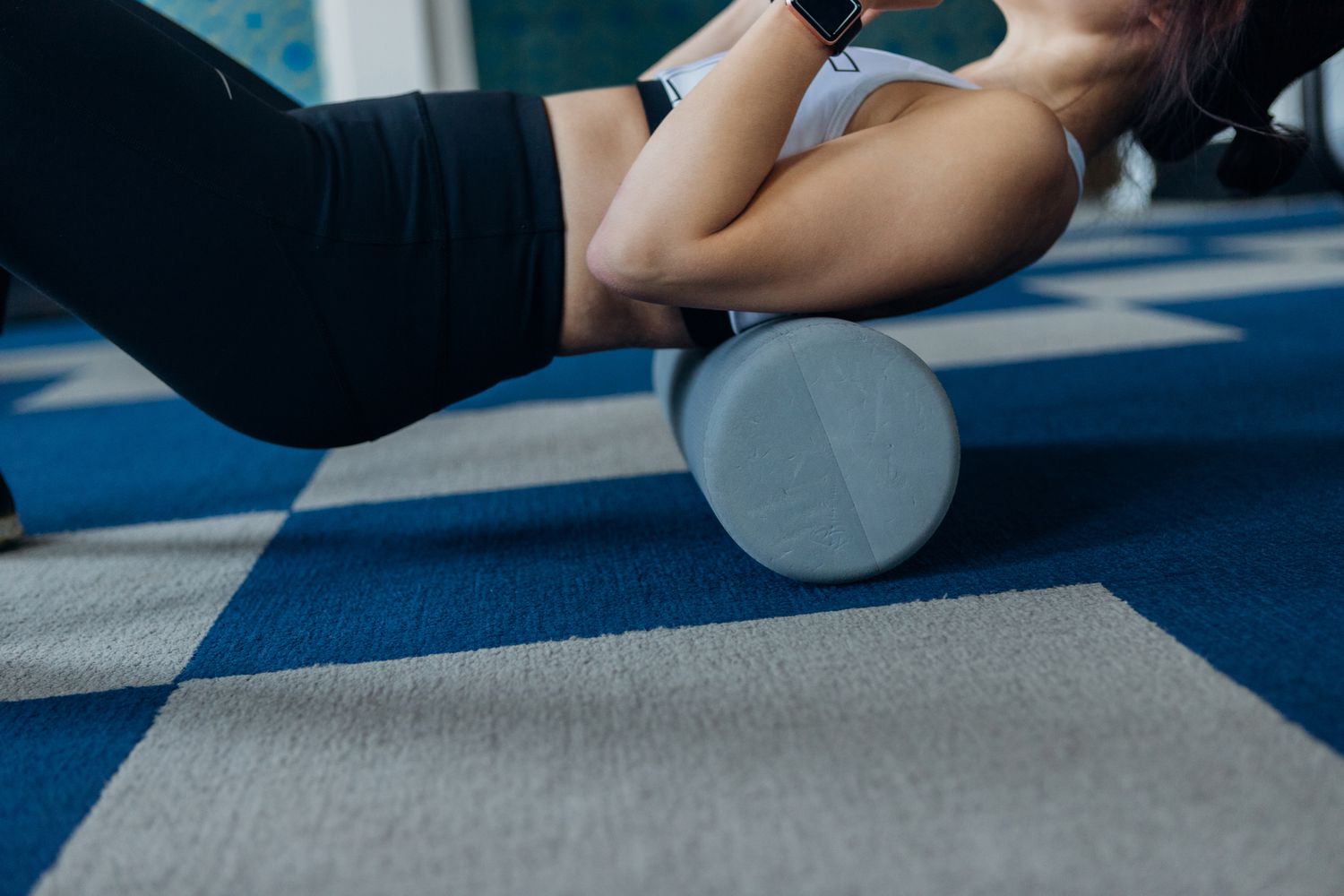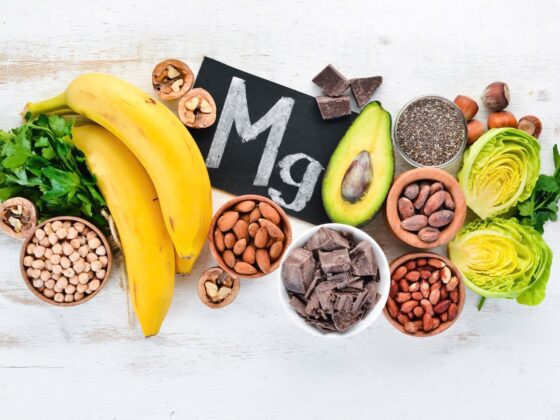Table of Contents Show
✍️ AI is summarizing:
When it comes to fitness, many focus solely on the intensity of their workouts, often overlooking an equally crucial component: fitness recovery. After an intense exercise session, how you recover in the moments and days that follow can significantly impact your performance and overall well-being. Understanding the importance of fitness recovery is essential for improving strength, endurance, and muscle growth.
Related post:
- Great Outdoor Hobbies: Unconventional Hobbies of Successful People
- Creating Fitness Habits That Blast Fat
- The Health Benefits of Camping: How It Slows Aging
Why fitness recovery is essential for progress

Following a rigorous workout, your muscles undergo microscopic tears, a natural part of the strengthening process. These tiny injuries prompt your body to rebuild stronger muscle fibers, leading to gains in both strength and size. However, for this process to be effective, proper fitness recovery is crucial.
Engaging in active recovery—low-intensity exercises after strenuous activity—can enhance circulation, reduce lactic acid buildup, and facilitate quicker muscle repair. Research published in Frontiers in Physiology highlights the benefits of active fitness recovery, including:
- Improved blood flow to muscles: Enhances the delivery of oxygen and nutrients necessary for repair.
- Reduction of metabolic waste: Helps flush out toxins and byproducts from the muscles.
- Decreased muscle soreness: Engaging in light movement can alleviate discomfort and stiffness.
Best active recovery techniques for fitness recovery

Active recovery plays a vital role in fitness recovery, and it’s important to incorporate it both during workouts and on rest days.
During workouts: Keep your muscles engaged
Instead of resting completely between sets, engage in light movement to keep your muscles warm. For example, after completing a set of bench presses, take two to three minutes to stretch the worked muscles or walk around the gym. This technique promotes circulation and improves flexibility, saving time on post-workout stretching.
On rest days: Stay active without overexertion
Rest days don’t mean complete inactivity. Low-intensity activities, such as light jogging, swimming, yoga, or cycling, help maintain circulation without stressing the muscles. Keep your heart rate below 60% of its maximum, ensuring you can still converse comfortably without gasping for breath.
Cool-down stretches: An essential part of fitness recovery

A proper cool-down routine is essential for fitness recovery. After an intense session, gradually slow your pace—for example, transitioning from running to walking for about 10-15 minutes to lower your heart rate.
Once you’ve calmed down, dedicate time to stretching major muscle groups, especially those prone to tightness, such as:
- Calves
- Hamstrings
- Quadriceps
- Lower back
Hold each stretch for at least 20 seconds while breathing deeply to enhance flexibility and reduce muscle stiffness.
When to prioritize passive recovery in fitness recovery

Sometimes, your body simply needs rest. Passive recovery—completely resting or lying down after intense activity—can be beneficial, especially when experiencing significant fatigue or soreness.
How passive recovery aids in fitness recovery
- Allows the body to heal from intense exertion.
- Reduces the risk of overuse injuries.
- Helps restore mental and physical energy.
Massages, foam rolling, and gentle stretching can further support passive fitness recovery by improving circulation and relaxing tense muscles.
Finding the right balance in fitness recovery
While active fitness recovery is beneficial, it’s important to recognize its limitations. If you’re recovering from an injury or engage in high-intensity workouts, passive recovery might be the better option.
Additionally, be cautious of overtraining. Too much active recovery can prevent full recovery and lead to increased stress. The goal is to recharge and prepare your body for the next workout rather than maximizing output during recovery sessions.
Conclusion
Fitness recovery should never be an afterthought in your fitness journey. By incorporating both active and passive recovery techniques, you can optimize your performance, reduce the risk of injuries, and enhance overall well-being.
A well-rounded approach to fitness isn’t just about intense workouts, it also includes proper fitness recovery to help your body heal and adapt. Prioritizing this essential aspect will maximize your results and support a balanced, healthy lifestyle. Follow our official Facebook page now to receive more interesting information.












